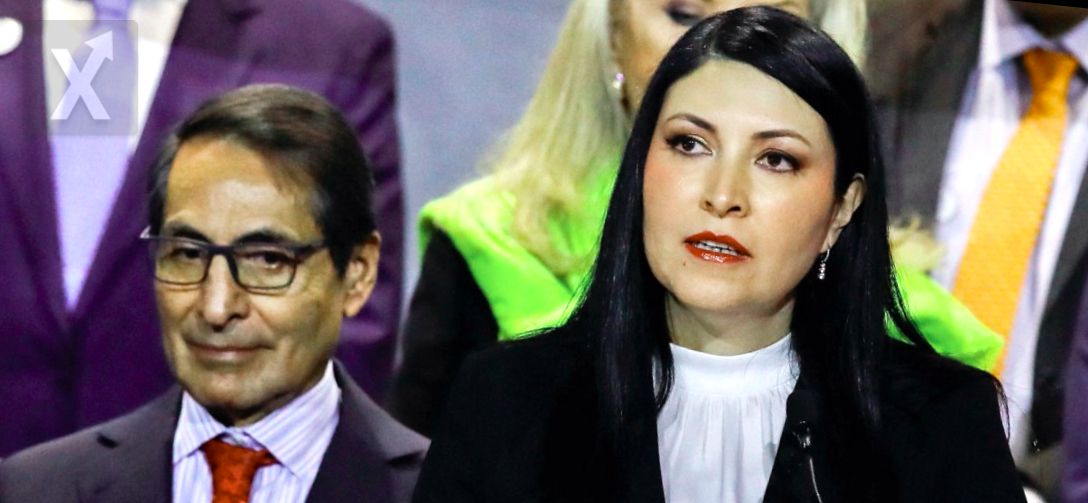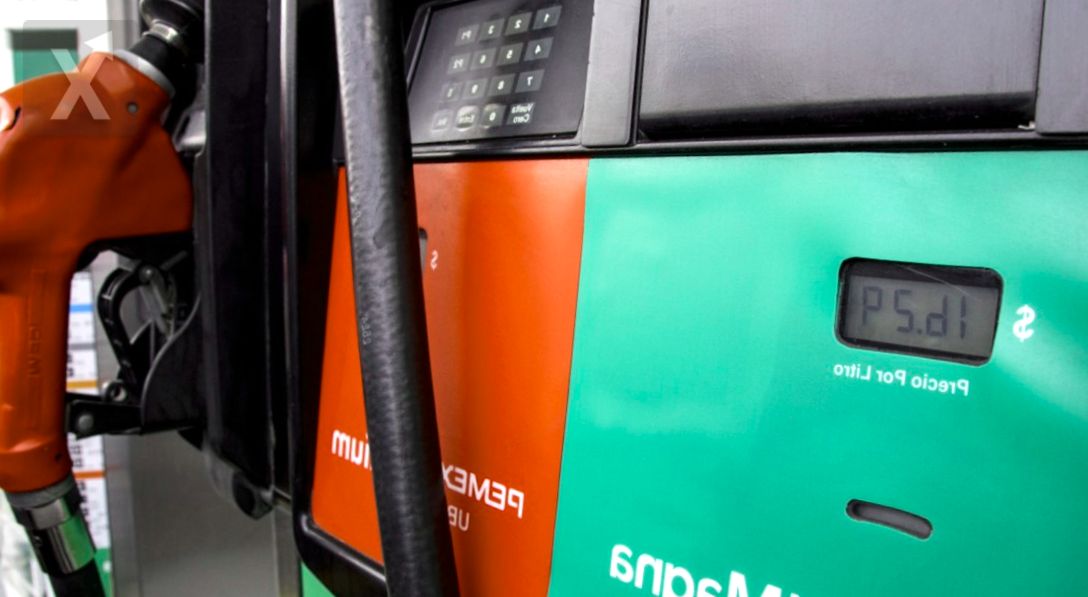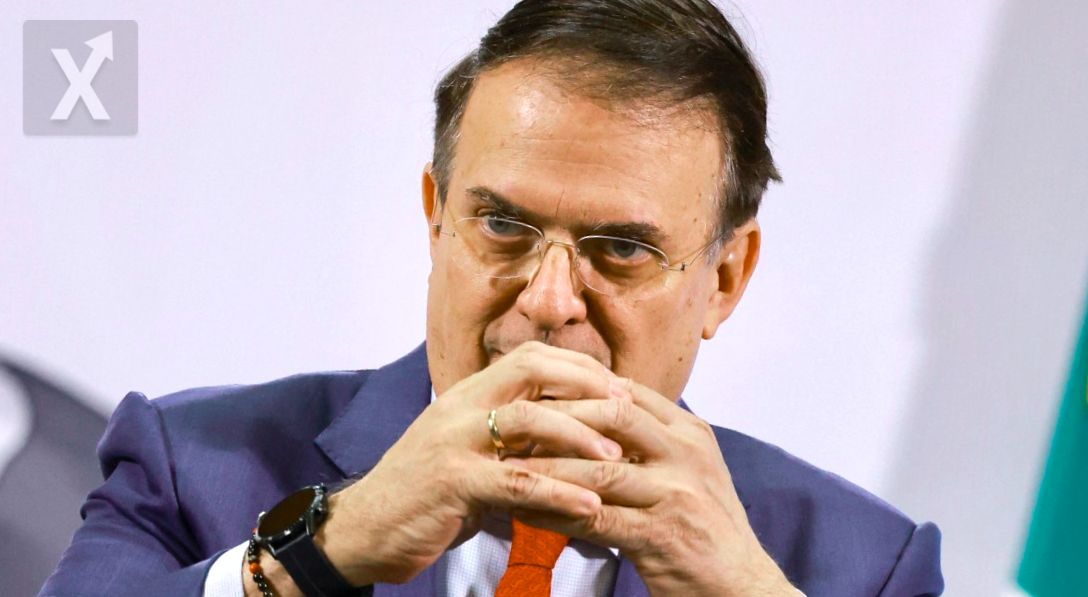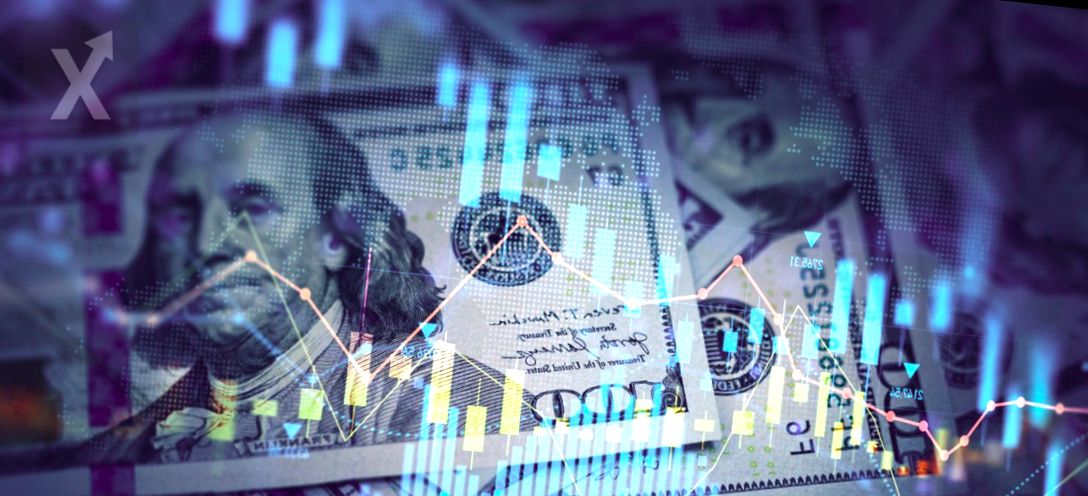Moderate Impact of Banxico’s Rate on Public Debt

The decrease in the interest rate set by the Bank of Mexico (Banxico), which has already begun and is expected to continue this year, will contribute marginally to the reduction of federal public debt and its financial cost. After more than three years above the central bank's target range, inflation showed signs of slowing down on February 7, reaching its lowest level since February 2021. With this in mind, the Banxico Governing Board decided to lower the benchmark interest rate by 50 basis points, bringing it down to 9.50%, and further reductions are anticipated until June, totaling up to 100 basis points.
“The impact on public finances will be limited since these 50 basis points represent approximately 16.9 billion pesos less, according to estimates from the Ministry of Finance,” explained Ricardo Cantú, an associate researcher in the Revenue and Debt area at the Center for Economic Research and Budgetary Studies (CIEP). According to the General Economic Policy Criteria for 2025, 100 basis points equate to 33.8 billion pesos. In that document, the Ministry of Finance projects an 8% rate by the end of the year, which would mean a reduction of 200 points for the entire year compared to the 10% recorded at the end of 2024, which in turn would represent 67.6 billion pesos, or just 5.87% of last year's total financial costs of 1.15 trillion pesos, the highest amount recorded. However, a decrease in Banxico's rate alone will not reduce the country's financial commitments, as other factors need to be considered for there to be a tangible reduction in public debt in relation to GDP, such as investing more in public projects that stimulate the economy and generate more income from income tax (ISR); as well as promoting consumption to increase tax revenues from VAT and excise taxes (IEPS), Cantú clarified. It is also important to consider the composition of the federal public sector debt, where over 80% is domestic and the rest is external debt, as explained by Tamón Takahashi, chief economist at TKA Analytica. “While the rate reduction could benefit federal debt, it won’t be entirely effective due to the foreign currency component. The depreciation of the peso impacts this, especially since oil revenues come in dollars; if the dollar becomes more expensive, we’ll get fewer dollars when selling crude oil, which could pressure public finances,” Takahashi added. Additionally, risks related to inflation persist, which could lead to pauses in the decline of the interest rate, and a more devalued currency affected by external factors such as tariffs imposed by the United States on Mexican products, the experts agree. “What is expected is that the plans of the 2025 Economic Package are fulfilled, which would mean that debt would not increase. If the interest rate goes down, the financial costs in refinancing could still remain high. Even though rates have decreased, monetary policy remains restrictive. Refinancings correspond to debt at previously low rates,” pointed out Janneth Quiroz, director of Analysis at Monex. “The financial cost could gradually decrease, but it’s not anticipated that the debt will exceed the projections stipulated in the 2025 budget, despite the decline in interest rates,” concluded Quiroz.
In conclusion, while the decrease in Banxico’s rate may sound promising, it’s crucial to remember that the national economy faces multiple challenges. For the benefits of these reductions to truly translate into relief for public debt, we would need a long-term commitment to policies that stimulate investment and consumption, as well as strengthen tax collection capacity. The interaction between internal and external debt, along with the fluctuation of the exchange rate, will play a fundamental role in the future of the Mexican economy.






